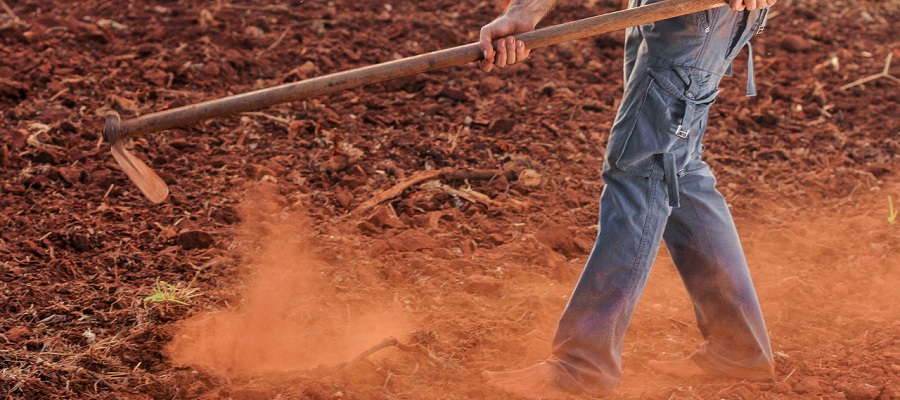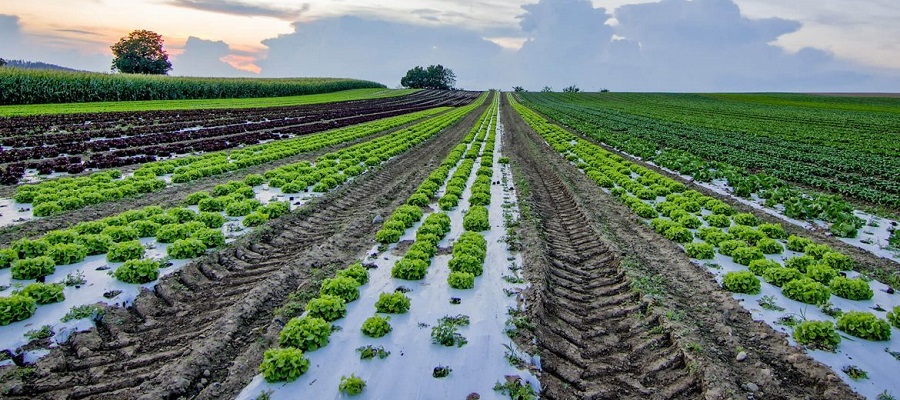Farming is growing of livestock, seafood, birds, plants, crops, and other goods for the production of food, clothing, and other necessities of life. Farming has played a significant part in the evolution of human civilization. Pre industrial, the majority of those people relied on agriculture to provide their daily requirements for food, clothes, and shelter. They had little concept of the global market and produced very little through use of conventional farming practises. However, things changed since then.
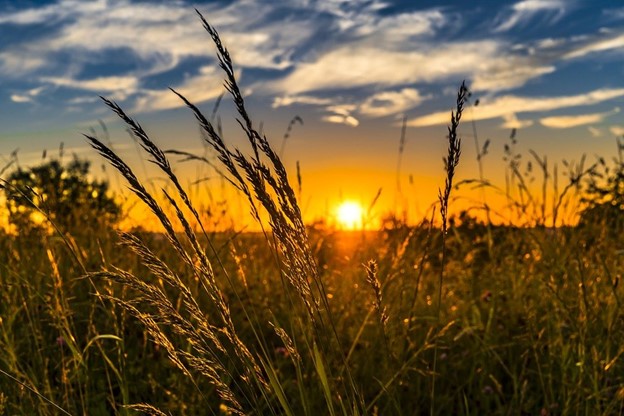
https://pixabay.com/photos/wheat-field-sunset-backlighting-2391348/
Food production technological advancements have considerably enhanced farming productivity. Entrepreneurship, intensive farming, organic farming, & sustainable farming are some of the modern farming technologies that are used today. Farmers now can resell their produce on international markets. Agricultural productivity has increased dramatically as a result of greater usage of pesticides containing synthetic nitrogen, automation, especially mined phosphorus ( p. It has facilitated the green revolution in crop production, such as rice, wheat, and corn. Farmers previously dug the dirt with ploughs.
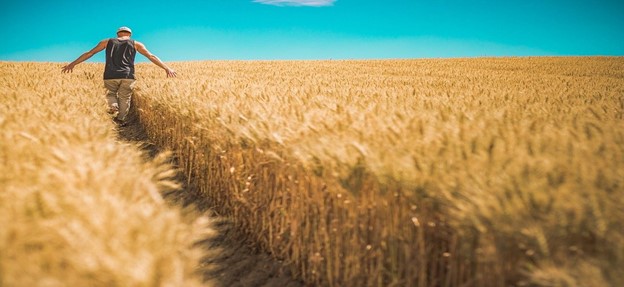
https://cdn.pixabay.com/photo/2016/11/29/01/31/man-1866559_960_720.jpg
Farmers, but from the other hand, dig the soil with advanced equipment such as a multi-function tractor these days. Farmers used to be largely reliant on natural weather conditions and fertilisers, and their production was relatively poor. Life has changed today, with the advent of synthetic fertilisers and high-yield breeds, farming production has skyrocketed. As we all realize, the world's population is continually expanding. We require more products such as food, clothing, and other items that are entirely dependent on agricultural production. As a result, we require more agricultural productivity, which is challenging with traditional farming. As a result, modern farming is required to increase production in response to increasing population expansion.
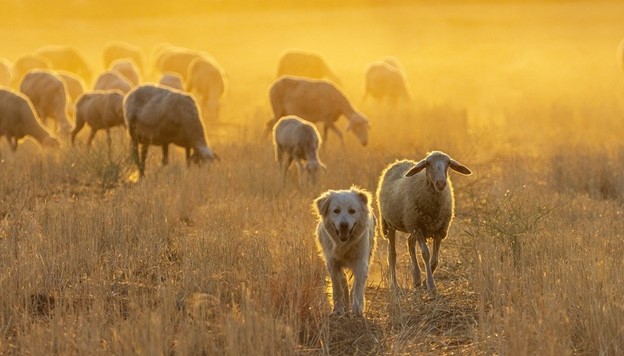
https://pixabay.com/photos/sheep-herd-dog-livestock-grazing-6554180/
As the year 2021 draws to a close, now is the ideal moment to consider the top agricultural ideas for 2022. Technological innovation and the climatic change are the two most important facets of this issue. Using modern farming techniques is the basic need of world food production.
As a result, the two most important parts of this issue are modern tech & climate change conditions. Farmers, on the other hand, are constantly working to increase income while also preserving their fields.
The basic features of modern agricultural techniques are:
- HYV seeds
Under the new agricultural strategy special emphasis has been placed on the development and widespread adoption of high yielding varieties of seeds. ... - Chemical Fertilizers
Many parts of the world's soil are nitrogen and phosphorus deficient, but this shortage can be alleviated through expanding chemical fertiliser use. As a result, chemical fertilisers have taken the role of traditional fertilisers. Only by heavily relying on chemical fertilisers is multiple cropping conceivable. - Irrigation
Water supply is a key factor in increasing farm productivity. Furthermore, the usage of HYV seeds & synthetic fertilizers need sufficient water supply. As a result, irrigation (i.e., artificial methods of giving water to cultivable lands) is a prerequisite for the Green Revolution's success. - Pesticides
Pesticides are considered as any agent (or combination of compounds) that protects HYV different crops from illnesses and pest infestations. As a result, the use of different kinds of agrochemicals (compounds) as pest management is a necessary part of modern farming approaches. - Multiple Cropping
However, effective application of a "package programme" with intense farming might cause the environment to grow crops over and over again (twice or thrice) annually certain regions of the world.
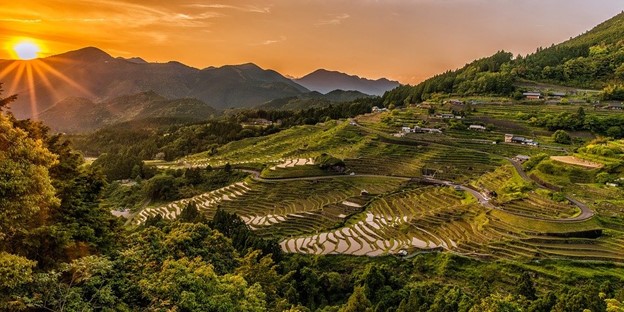
https://pixabay.com/photos/rice-terraces-sunset-mountains-2389023/
Let’s discuss some following trends!
- Use of aerial imagery is becoming more common.
In 2022, most farmers will need to use aerial imagery to efficiently manage their agriculture. Farmers will be able to monitor crop variances and issues that are hard to detect from the field using drone technology or satellite images. Farmers, according to the study, need to handle their crops more precisely in order to boost profitability. - Water security should be prioritized
The weather is rapidly changing, so weather extremes such as drought and torrential rains are becoming more often. There are nearly 16 weather occurrences in the United States, resulting in $1 billion in economic damage. Such losses not only harm people's homes, and also destroy crops and fields. Farmers should concentrate on water management to reduce and lessen the effects of these disasters. It implies the requirement for water management methods or technologies that can readily handle such incidents. Reducing direct evaporation when irrigation is necessary to maximise water efficiency, and this can only be accomplished by avoiding midday sparkling. - Make regenerative agriculture a reality
Regenerative agriculture is a set of agricultural and cropping practises that focuses on rebuilding topsoil, increasing water retention, allowing farmers to sustain crop yields, while increasing plant absorption. It also aids in increasing farm production efficiency. Regenerative farming is distinguished by its emphasis just on vitality & health of farmland soil. According to the experts, the best answer for adaptation and mitigation is restorative soil. - Think about exchanging digital information.
The move from in-person meetings to digital meetings is critical for industry members and farmers. This helps farmers to save time and money while also being able to purchase things online. Furthermore, it enables farmers to quickly connect with crop experts, equipment suppliers, and other specialists in order to manage their operations. Farmers may now use digital forms to communicate data, sign documents, and receive guidance. - Utilization of modern technology
If farmers wish to boost agricultural output while also increasing income, they must embrace current technologies. You can utilise threshers, textile mill machinery, diggers, bales movers, backhoes, gleaners, harvesters, and a variety of other devices. Through use of machine assists framers in increasing their efficiency, which leads to increased profitability. - Vertical farming in a controlled environment
For the cultivation of lettuce and tomatoes, several firms are increasingly focusing on indoor farming. However, many farmers will need to start vertical farming in order to employ sensors to produce crops in tiny spaces near cities. Indoor vertical farming offers a larger output potential than outdoor vertical farming and can produce vegetables all year. - Field mapping
Field mapping enables farmers to see the most recent growth and assists them in keeping an eye on the perfect, or more precisely, correct planting, spraying, and harvesting. It enables farmers to acquire geospatial data on plant and soil demands in a timely manner. It also helps to visualise the crops and variation when you obtain data following field mapping. It also aids in the comprehension of compounds that are useful in your industry. You'll even be able to handle the water and irrigation system using this.
